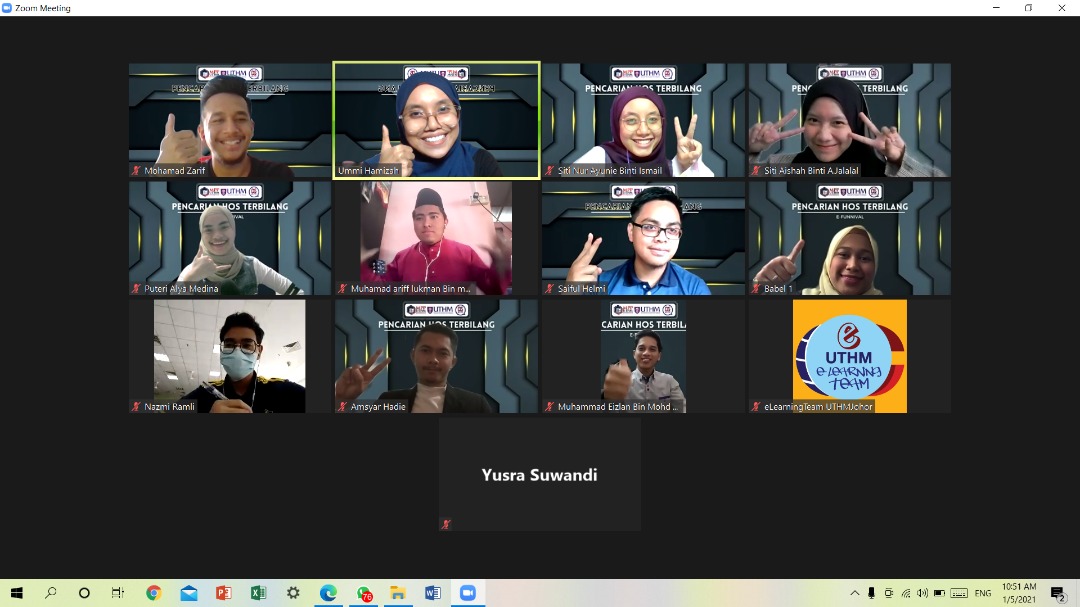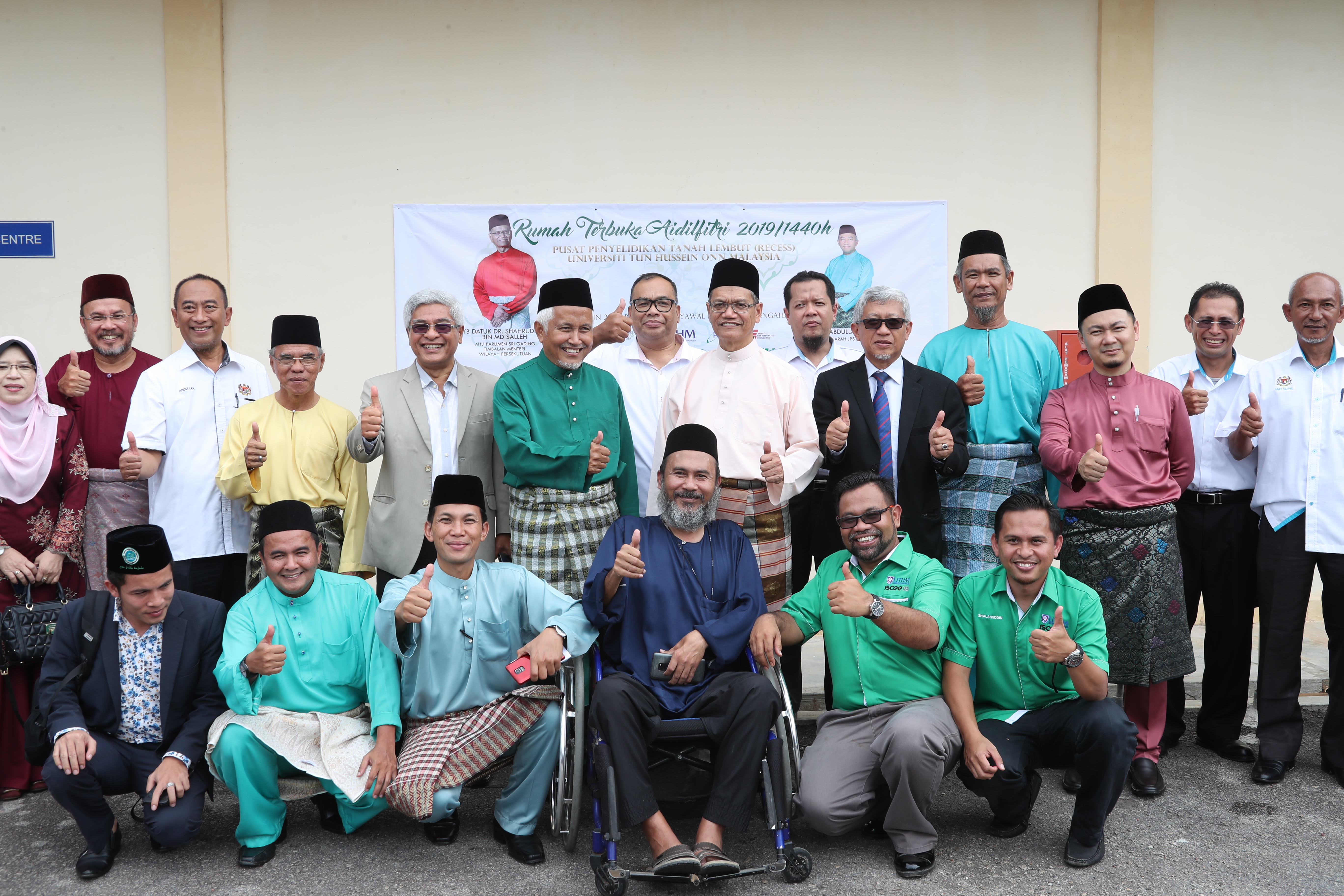
Driven by the rise of social media or instant messaging, the language of digital generation is rapidly evolving and widely used especially by the youths. This new linguistic phenomenon exists by viral trends, blends of slang, abbreviations or memes mirroring the informal nature of the digital community. While some portray this new language as exciting and offering a lot of advantages, there are also a few issues that might impact on how we connect across different age groups and formal settings. Understanding its drawbacks and benefits will help in understanding the complexities and acknowledge the importance of this new digital language.
Looking at the impacts towards the Malaysian perspectives, some of the trending new digital languages are impressively helpful in enhancing proficiency in a language. This might happen because of the medium use in spreading and explaining how to use a new word, phrase or sentence in an engaging environment. Most communication forms on social media are visually aided such as videos and audios which are undoubtedly very interactive thus, attracts the netizen to not just utilise the language, but also giving them good comprehension. For instance, the words ‘demure’, ‘mindful’, ‘delusional,’ and ‘camaraderie’ are the few trending English words that are not being known widely by most Malaysian who are not native or having English as their mother tongue. Hence, in this scenario, it is a good exposure to widen vocabularies and improve proficiency in a language through digitalisation or social media.
Contrariwise, there are drawbacks to this new linguistic landscape that should be taken into account. Firstly, there are issues related to formality. This new digital language mostly has the youths as the top users. Informality issues arise when these users struggle to differentiate between formal and informal language due to frequent exposure to social media slang which seeps into their everyday conversations. In academic settings, this might open doors to many problems for students related to language use. There are too many new vocabularies and different informal ways of using a language through social media. For example, words such as ‘delulu’, ‘sigma’, ‘rizz’ and others are few trending slangs used by social media users and mostly youths. This again might cause informality confusion if they are not native speakers, which is worrying. Other than that, communication barriers that lead to misunderstandings between age groups often happen because of utilisation of this digital language in everyday contexts. Older generations might find difficulties in understanding the new language and that would result in communication gaps. Not just in everyday conversations with close elderly, but also in academic contexts. For example, students define the word ‘fyp’ as ‘for you page’ but teachers define it as ‘final year project’. In conclusion, digital language does enrich good communication with peers and a good medium to learn something new, but it is also crucial to know how to adapt language to ensure effective communication across different settings and to have awareness of traditional language skills.
In summary, there are both advantages and disadvantages in this digital communication from social media. It is not just offering numerous benefits such as enhancing proficiency of a language, but it can also present drawbacks such as informality problems and communication barriers across age groups from the over-reliance and exposure of using the digital language. Knowing the art to balance both benefits and awareness of the drawbacks is helpful in effectively understanding linguistic development through digitalisation.

Shakina Shahlee
Language Teacher
Centre for Language Studies
Universiti Tun Hussein Onn Malaysia (UTHM)









